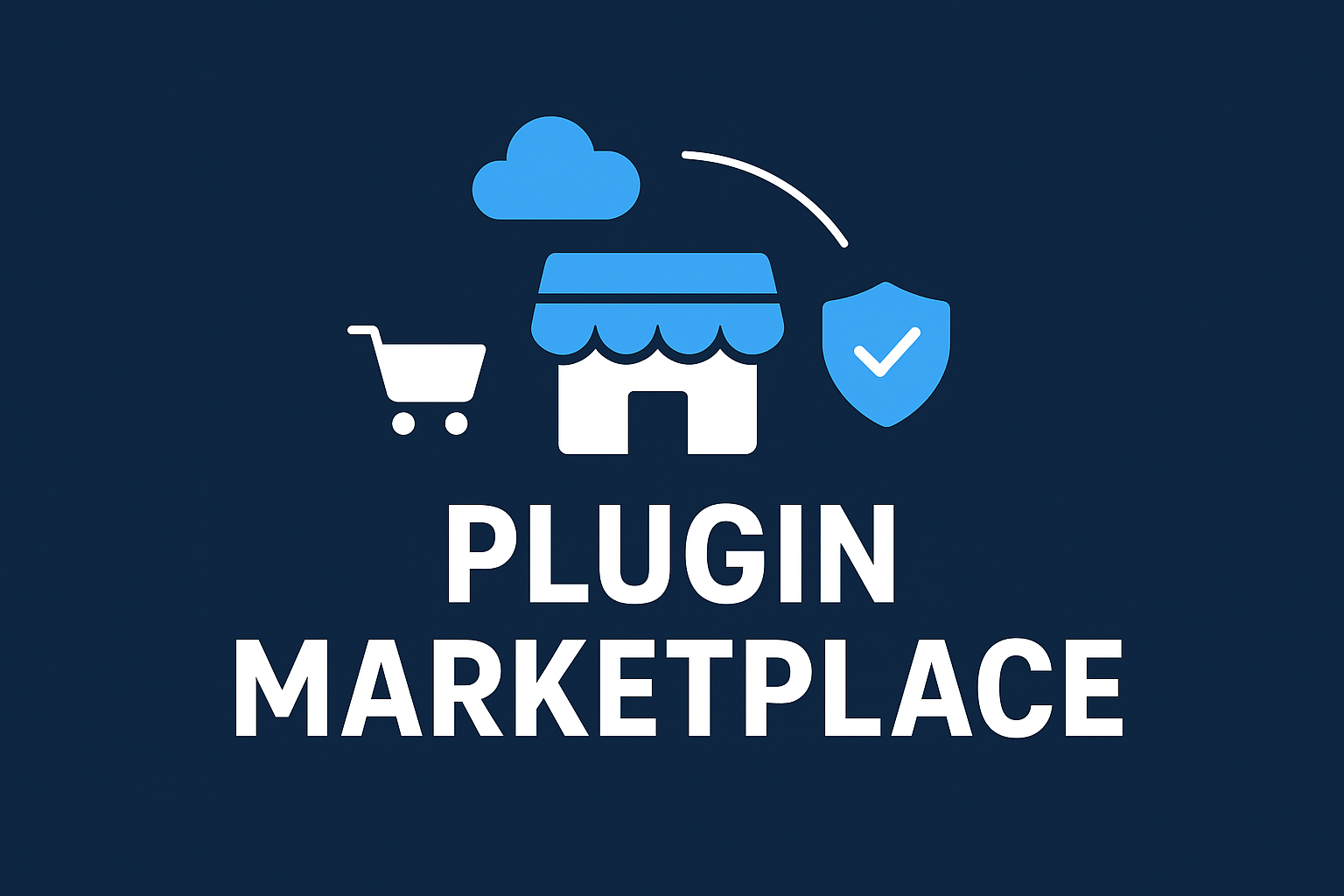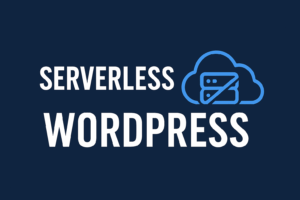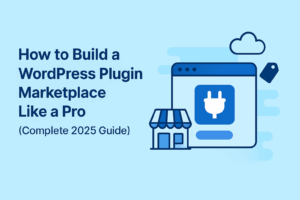How to Build a WordPress Plugin Marketplace (Step-by-Step)
Introduction
Launching a WordPress plugin marketplace is a fantastic way to connect developers with customers, capture recurring revenue, and become a go-to hub in the ecosystem. This step-by-step guide walks you through everything — product strategy, architecture, payments, licensing, moderation, SEO, and growth — so you can build a secure, scalable, and profitable marketplace in 2025.
🔎 1 — Define your marketplace model
Before writing code, decide your business model and niche. Options include:
- Curated marketplace: You select high-quality plugins, stricter review, higher trust.
- Open marketplace: Anyone can list, faster growth but needs strong moderation.
- Hybrid: Open submissions but curated featured section.
Also choose monetization: commission on sales (eg. 20–30%), listing fees, subscription plans for developers, or a combination.
🧭 2 — Core features you must build
Your MVP should include:
- Developer onboarding & dashboard (upload plugin, changelog, versions)
- Plugin listing pages (description, screenshots, changelog, reviews)
- Search, filters & categories
- Secure file hosting & downloads (S3 / R2 / CDN)
- Payment system (Stripe/Paddle/Lemon Squeezy)
- Licensing & automatic updates (license keys, update server or package)
- User accounts, reviews, ratings
- Admin moderation tools (approve/reject, report handling)
⚙️ 3 — Recommended tech stack
Pick familiar, maintainable tech. Example stack:
- Frontend: React (Next.js) or Vue (Nuxt) for fast SSR and SEO
- Backend: Laravel / Symfony / Node.js + Express — API-first
- Database: PostgreSQL or MySQL
- Storage: AWS S3 or Cloudflare R2 + CloudFront / BunnyCDN
- User auth: OAuth2 / JWT; social logins optional
- Payments: Stripe (cards + subscriptions) or Paddle (handles VAT)
- Licensing & updates: Custom license server or use existing solutions (Easy Digital Downloads + Software Licensing for WP environments)
- CI/CD & infra: GitHub Actions + Terraform or Pulumi; host on DigitalOcean/AWS/Vercel
🔒 4 — Licensing & update mechanism (critical)
One of the marketplace’s most important features is handling licenses and automatic plugin updates on user sites.
- When a customer buys, generate a unique API key / license tied to their account and product.
- Implement an update API (endpoint) that checks license validity and returns the latest ZIP + metadata.
- Provide a lightweight client library developers include in their plugin to authenticate update requests (HMAC or JWT).
Example flow: plugin on WP site pings https://market.example.com/api/update-check?license=KEY&slug=plugin-slug. If valid, respond with update_url and version.
💳 5 — Payments, VAT & payouts
- Stripe: Great for direct payments, subscriptions, and Connect for marketplace payouts.
- Paddle: Easier global compliance (VAT handling) — good if you want Paddle to handle checkout & taxes.
- Payouts: Use Stripe Connect for automated payouts to developers, or handle payout scheduling yourself.
Decide whether you hold funds (marketplace as vendor) or pass-through (marketplace as marketplace using Connect). Holding funds has compliance implications (KYC).
🧰 6 — Developer experience & onboarding
To attract quality plugins, make it very easy for developers to join:
- Clear submission guidelines and a ready-to-use CLI or GitHub integration for uploads.
- Dev dashboard with analytics: downloads, sales, refunds, ratings.
- Version control: allow linking to GitHub releases for automated publishing.
- Documentation templates & code samples for integrating licensing and update endpoints.
🧾 7 — Moderation, security & quality control
Security is non-negotiable. Build processes and tooling:
- Automated security scans (Snyk, static analysis) on uploads.
- Malware scanning, PHP code checks, and sandbox testing.
- Human review for paid listings or new authors.
- Reporting & quick takedown process (DMCA/compliance).
📣 8 — SEO & content strategy
A marketplace lives or dies by discovery:
- SEO-friendly plugin pages (unique descriptions, H1, screenshots, schema.org markup for SoftwareApplication).
- Category pages with rich content and internal linking.
- Blog & guides (tutorials, comparisons) to capture mid-funnel traffic.
- Structured data (JSON-LD) for plugin listings to improve search results.
📈 9 — Growth & go-to-market
Initial traction strategies:
- Launch with a curated set: Invite 10–20 top plugins to populate the store before public launch.
- Partnerships: Partner with agencies and plugin authors for co-marketing.
- Affiliate & referral program: Drives external promotion.
- Paid acquisition: Targeted search & social ads for high-intent keywords (eg. “WordPress SEO plugin”).
- Marketplace discounts: Time-limited bundles or first-sale discounts to generate momentum.
📊 10 — Metrics to track
Focus on leading indicators:
- Conversion rate (visit → purchase)
- Average order value (AOV)
- Developer retention & new plugin velocity
- Refund & churn rates
- Number of active licenses and renewal rate
⚖️ 11 — Legal & compliance
Sorted legal foundations reduce future headaches:
- Terms of Service and Privacy Policy
- Seller agreement (revenue share, intellectual property, liability)
- Refund policy and dispute resolution
- GDPR compliance & data processing addendum if you handle EU users
- Payment processor agreements (KYC, tax handling)
🧩 12 — Example architecture diagram (simple)
High-level components:
[User Browser] <---> [Frontend (Next.js)] <---> [API Gateway]
|
[Backend API (Laravel/Node)]
/ | \
[DB: Postgres] [Storage: S3] [License Server]
|
[CDN: CloudFront]
✅ Launch checklist (MVP)
- Basic plugin listing & search — done
- Developer upload & versioning — done
- Payment integration & checkout flow — done
- License generation + update API — done
- File storage + CDN — done
- Moderation and security scans — configured
- SEO basics & landing pages — published
- Analytics & tracking — configured
🔮 Conclusion
Building a WordPress plugin marketplace requires product sense, solid infrastructure, careful legal planning, and an emphasis on trust (reviews, moderation, secure updates). Start with a focused niche, onboard a handful of top-quality plugins, and iterate fast on developer and buyer experience.
If you want, I can also:
- Generate the JSON-LD schema (Article + SoftwareApplication) for each plugin page.
- Create the **featured image** in the same Plugintify style (dark blue, flat icons).
- Provide a ready-made **license server** reference implementation (Laravel + API) you can deploy.
📚 Related reads on Plugintify:
- From Plugin to SaaS: How to Turn Your WordPress Plugin into a Cloud App
- WordPress + WebAssembly: The Future of Plugin Performance
Published by Plugintify — The Hub for WordPress Plugin Developers.




